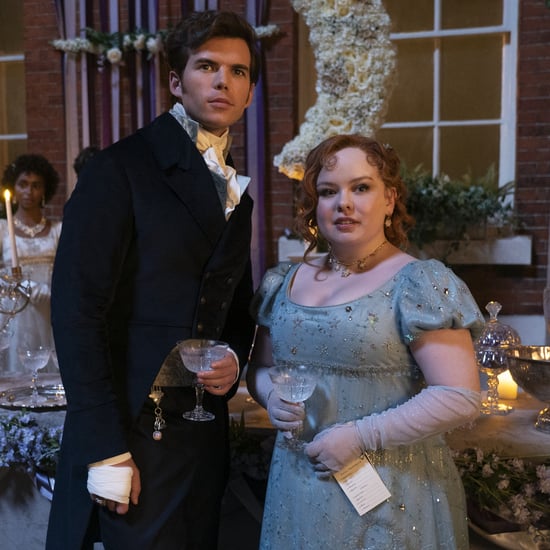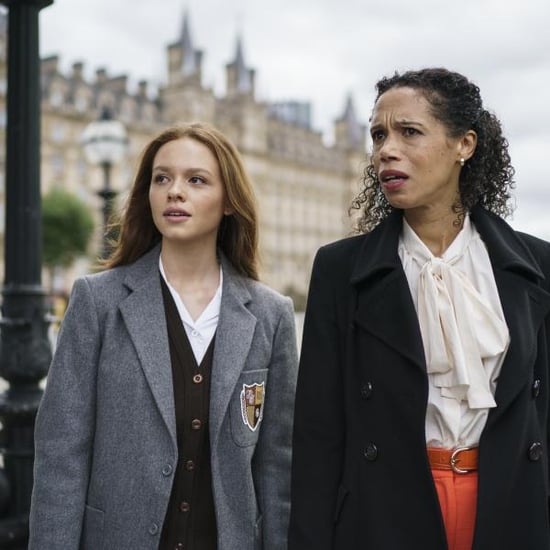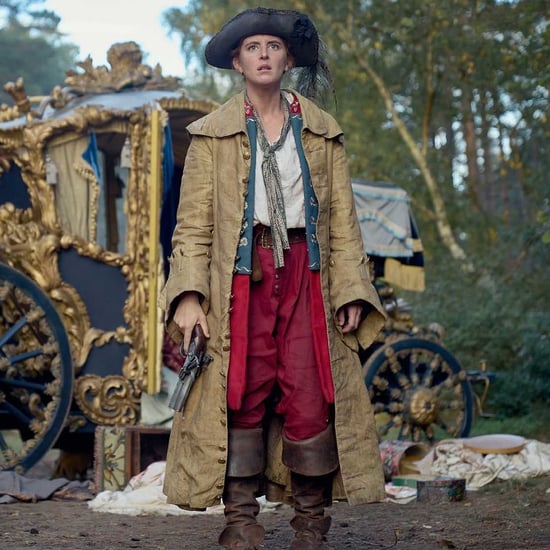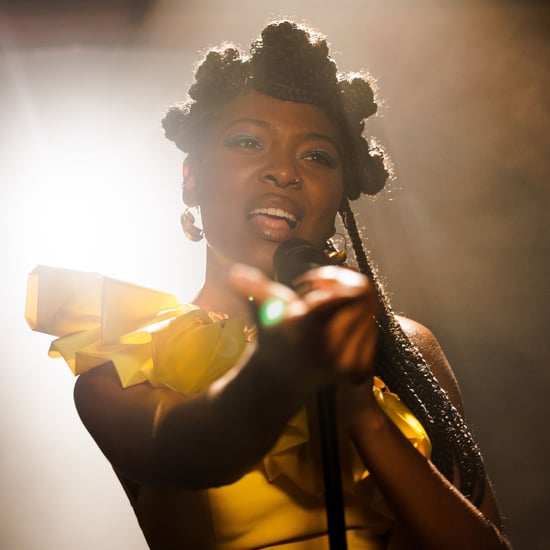House of the Dragon: Why Is House Targaryen So Incestuous?
We Have to Ask: Why Is There So Much Incest in House Targaryen?
As POPSUGAR editors, we independently select and write about stuff we love and think you'll like too. If you buy a product we have recommended, we may receive affiliate commission, which in turn supports our work.
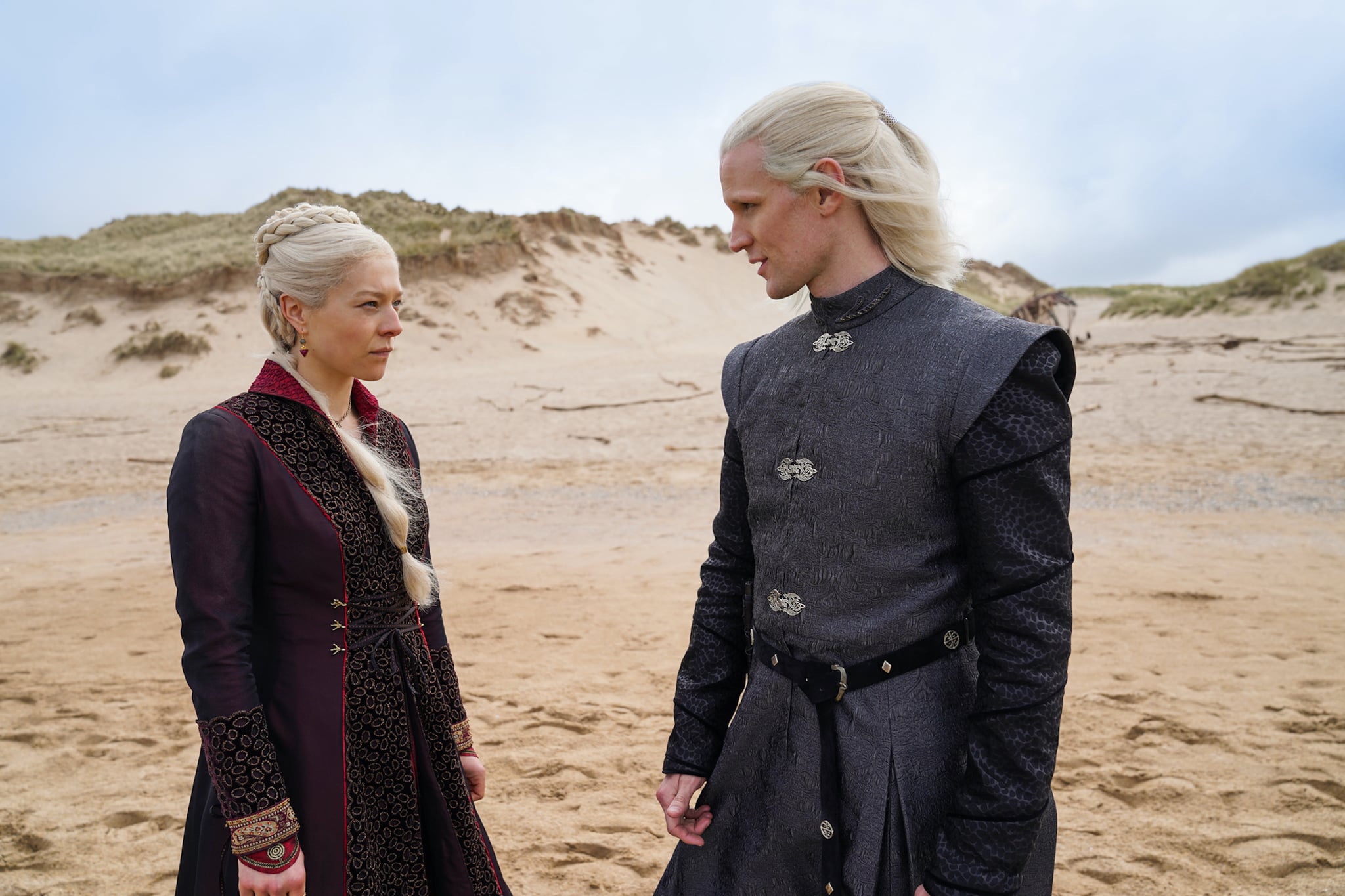
"House of the Dragon" dives deep into "Game of Thrones" lore and the centuries-ago rule of House Targaryen. That Targaryen-centric storytelling also means that the prequel series is, inevitably, spending significant time on one of the more uncomfortable aspects of that royal house's culture: incestuous marriages.
The Targaryens' History of Incestuous Marriage, Explained
According to George R.R. Martin's books, House Targaryen's practice of incest dates back to their Valyrian origins, where the practice was more common and accepted. The idea is that they can keep their bloodlines "pure," preserving both their social status and their dragon-riding abilities, by avoiding the dilution of their power with outsiders. Their "preferred" marriages wed siblings to one another, but in some cases, the marriages might involve uncles and nieces or aunts and nephews. Targaryen cousins also may wed on occasion, although this is no different from the rest of Westeros, where even first cousins may occasionally marry without raising serious eyebrows. Some Targaryens, like Princess Rhaenys, do marry members of other noble houses, either for political, religious, or romantic reasons.
Why Did the Targaryens Stop Marrying Their Relatives?
After the house conquers and rules over Westeros, the practice of incest becomes more sporadic and more controversial, especially as it puts them in direct conflict with the dominant religion of the kingdom. Their incestuous marriages also are rumoured to be the cause of the unusually high occurrence of "madness" among Targaryens.
In "Game of Thrones," for instance, the "Mad King" Aerys II is the product of incest (his parents, Jaehaerys and Shaera, were siblings who secretly married against the wishes of their family, and they both descended from numerous incestuous relationship as well — including their great, great, great, great, great grandparents, Rhaenyra and Daemon Targeryan). He then continues the practice, marrying his own sister Rhaella and having several children with her, including Rhaegar, Viserys, and Daenerys.
The Targaryens' Incestuous Marriages Parallel Real-Life Royal History
In real life, historical royal houses often intermarried with one another, under the idea that only someone from an equally "high" social rank could be a suitable spouse for royalty. While the kind of incest that "House of the Dragon" and House Targaryen in general portrays (sibling marriages, marriages between uncles and nieces, and so on) was definitely not common in real life, cousin marriage was quite common.
Usually, these were slightly more distant cousins (second or third), but sometimes even first cousins married among royalty. The most famous instance in the European world was Queen Victoria, who married her first cousin, Prince Albert; her mother and his father were brother and sister. Thanks to Victoria and Albert and their many descendants' marriages that followed, much of modern-day European royalty is related distantly in one way or another.
Such practices were common for centuries, and without modern-day advances in genetics to warn for potential health concerns, it continued for centuries. More distant cousin marriages continued up through the 20th century. Queen Elizabeth II and Prince Philip, in fact, were third cousins, both descended from Queen Victoria.
Sign up for HBO Max now to watch "House of the Dragon."
